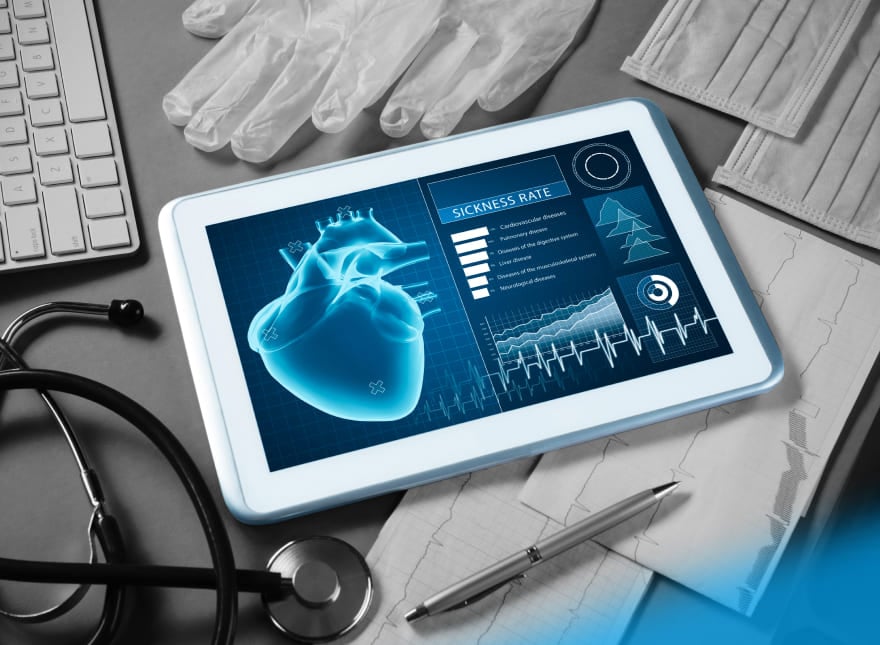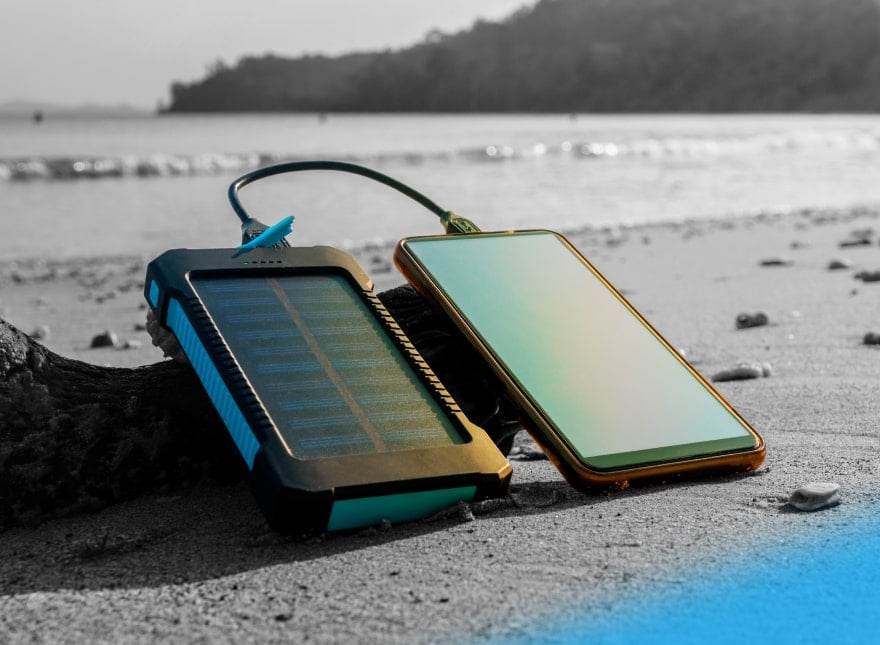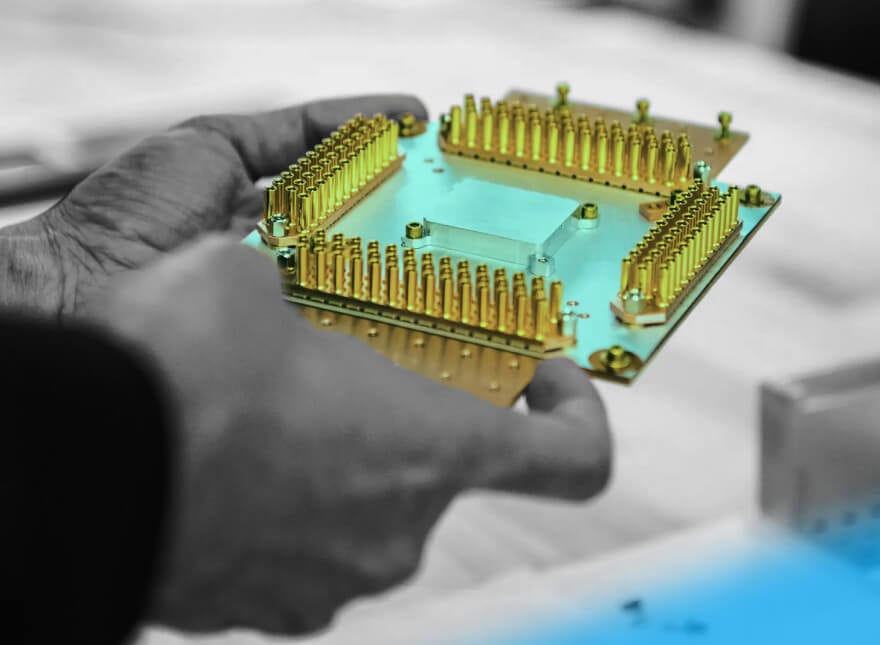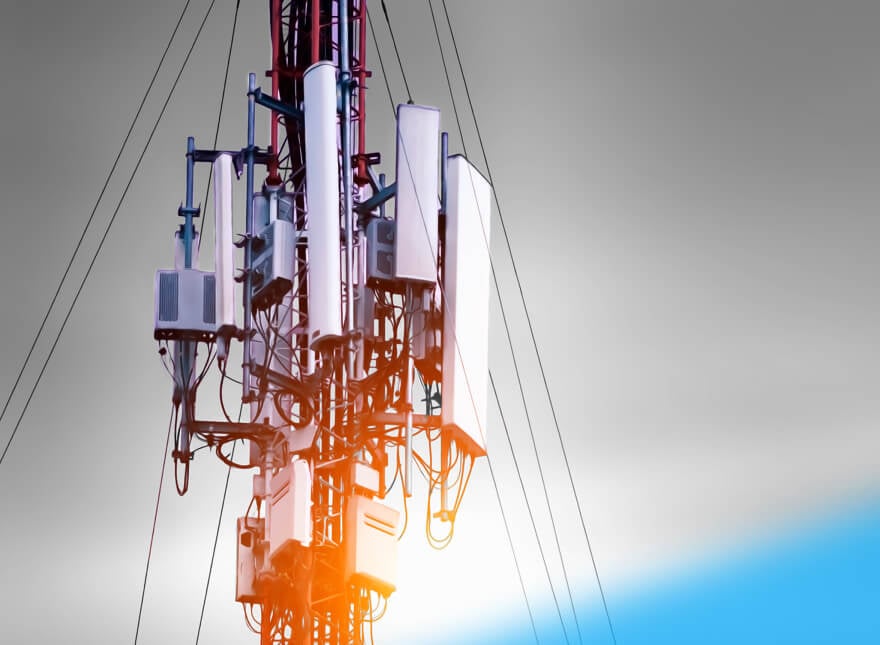Disruption in Automotive Supply Chain: New Trends and Opportunities
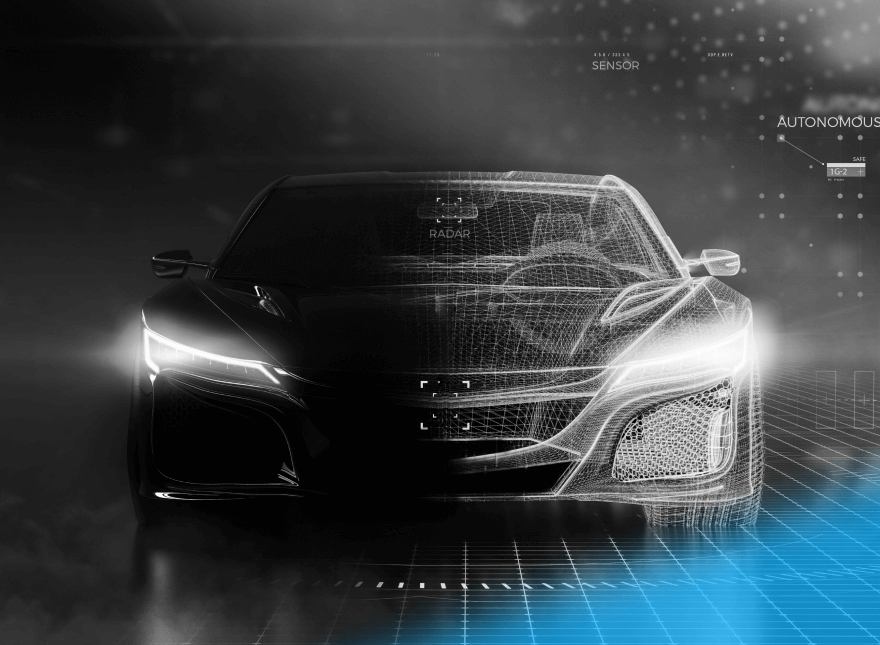
For the last few decades, car manufacturers have been using a hardware-centered approach: they have separate architectures, platforms, and modular kits for each of their new features. And car manufacturers have reacted in the same ways to the challenges caused by digital transformation. Modular kits were introduced for these new areas, such as Infotainment and Autonomous Driving, just as they were for other traditional domains. But with new generations of cars and new features, the level of complexity grew and became difficult to handle. It resulted in systems where even minor adjustments require huge efforts and costs.
To overcome this, car makers have started shifting to a new electronics architecture for connected cars. This, however, leads to irreversible changes within the established supply chain. Let’s consider how this affects the existing automotive hierarchy, who can profit from it, and why now is the right moment for innovations.
Table of Contents
Technical Perspective
Smart Electronic Architecture
An established vehicle features a distributed electrical/electronic (E/E) architecture that may have more than 100 electronic control units (ECUs)—each responsible for its own function. An ECU has an embedded microcontroller which controls actuators, processes sensor signals, and controls mechanical operations. ECUs are connected with each other by wires and support limited interactions. As manufacturers expand functionality for new car generations, the ECU network becomes even more complicated. And the high software-to-hardware integration within each ECU results in the dependency of car manufacturers on their suppliers.
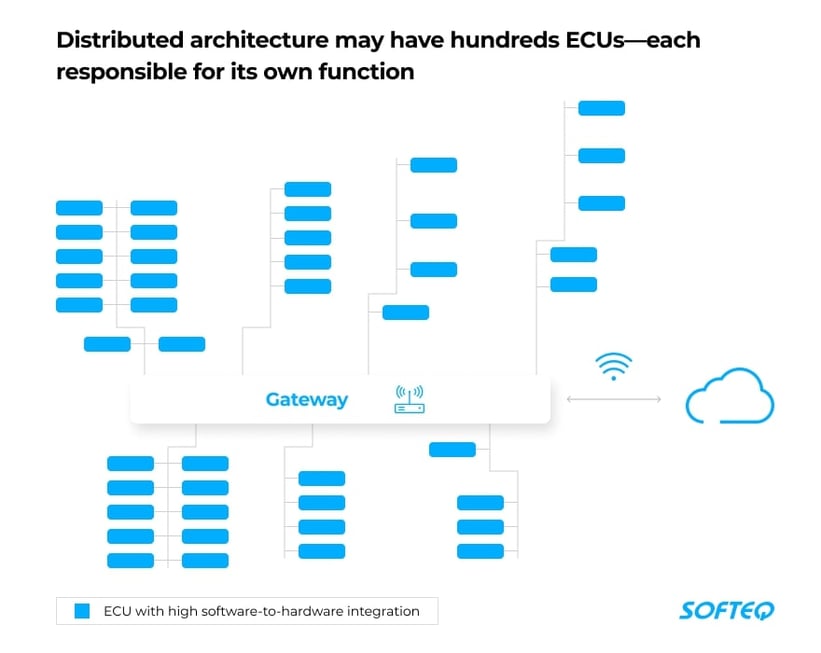
To resolve this growing complexity and dependency, a new approach to electronic architecture is emerging called centralized architecture. This type of architecture combines several different computing groups together into a centralized system with dedicated domain control units (DCUs). Such a design allows for reducing the number of individual ECUs, consolidating functions, and simplifying the wire harness.
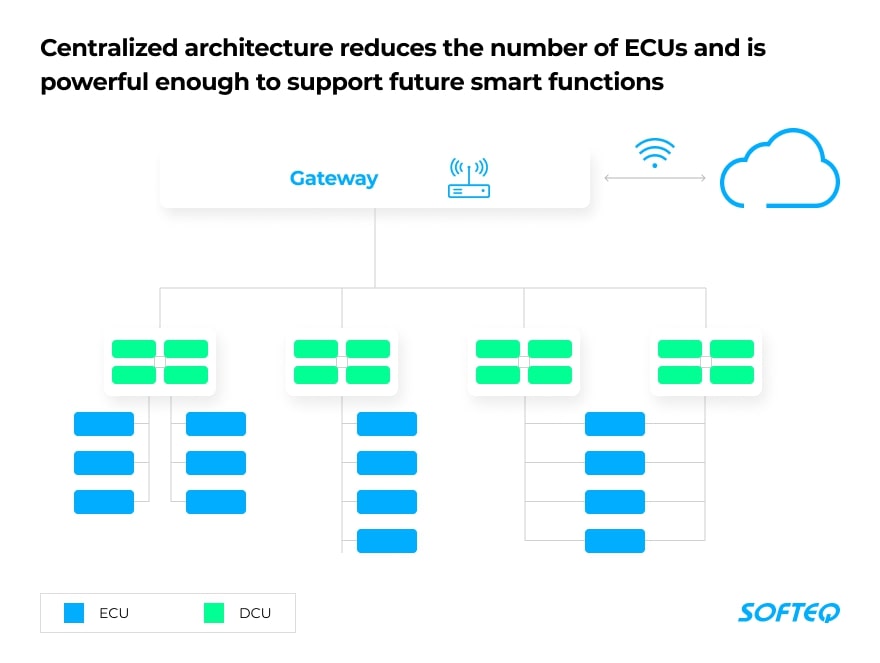
Shift to the Software-centricity
From a software perspective, a car is becoming a software platform that supports an ecosystem of applications regardless of the underlying hardware—just like a smartphone. To allow ECUs to communicate with each other at the software level, software and hardware platforms should be decoupled. Standardized interfaces will help separate applications and functional software from electronics, computing hardware, and operating systems. This will give a rise to automotive software as a product and enable automakers to quickly integrate and update car features.
Changes in the Value Chain
The new architecture will lead to irreversible changes within the value chain, by which established Tier 1 suppliers are most affected.
- Centralized E/E architecture creates the technical prerequisites for independence from suppliers. Now, more and more new high-performance multicore processors for automotive, such as Infineon's AURIX 2G or NVIDIA's Drive Xavier, support the new architecture. Accordingly, standardized software architectures, specifically AUTOSAR’s layered software architecture, are being updated. This brings automotive manufacturers closer to the point where they are able to purchase hardware and software separately from various suppliers.
- Semiconductors and other Tier-2 suppliers are entering the automotive software segment that was traditionally reserved for Tier-1 suppliers. A good example is Intel's acquisition of Mobileye, a computer vision provider for autonomous driving technology. As a result, Intel has expanded its product range to include application-level automotive software—inheriting Mobileye’s relationships with automakers.
- Big tech is entering the automotive market. Global players like Microsoft, Apple, Google, and Amazon are now becoming active in the automotive space. Apple introduced a new feature enabling users to unlock vehicle doors with iPhone or Apple Watch. Microsoft started working on its Connected Vehicle Platform trying to bring edge computing capabilities to vehicles. AWS announced an integration with QNX, an automotive real-time operating system.
- The role of electronics manufacturing service providers in the value chain is growing. In order to reduce the costs of hardware, automotive companies are beginning to subcontract directly to electronics manufacturing service (EMS). For example, California-based electric carmaker Fisker has reached a tentative agreement with iPhone assembler Foxconn. They are planning to produce electric vehicles that will be sold in North America, Europe, China, and India. The Italian-American automaker Fiat and the Chinese company Geely have similar plans regarding partnership with Foxconn.
- Car manufacturers are trying to build up in-house competence in software. Following Tesla’s example, Daimler plans to expand the in-house team to develop its own operating system. Volkswagen has already created a Car.Software business unit, and now aims to increase the proportion of software developed in-house from 10% to 60%.
Changes in Business Models
Established automakers are hardware-focused organizations. They are structured around “domains,” such as body, chassis, powertrain, interior, and so on. With this approach, hardware and software are highly integrated within a single ECU and remain the responsibility of Tier 1 suppliers. In their turn, Tier 1 suppliers subcontract Tier 2 suppliers, largely at their own discretion. Each next level of subcontractors is invisible for all those above the previous level.
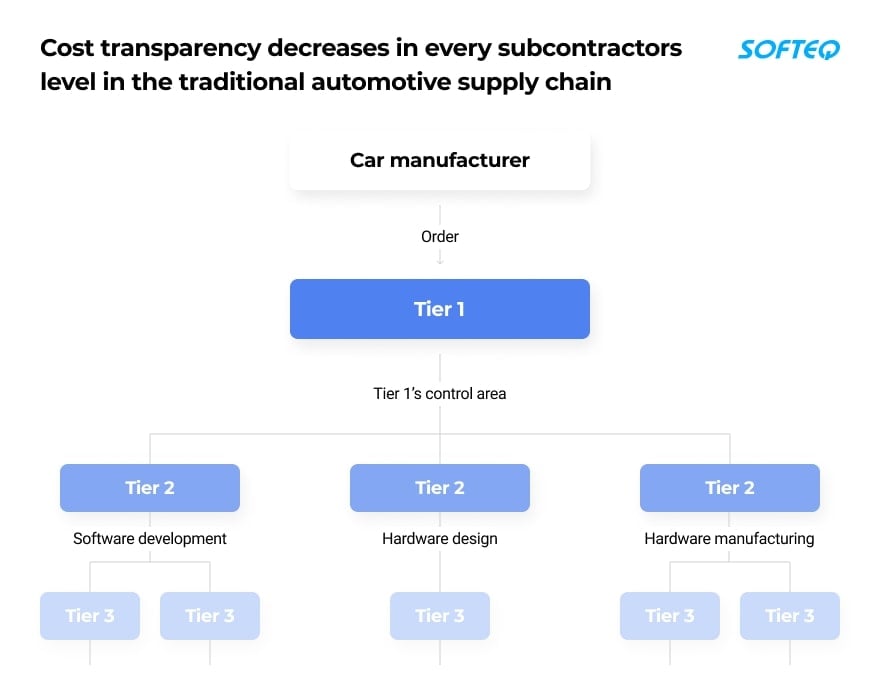
In the new reality, the value chain is separated into three different sectors: software design and integration, hardware design and integration, and hardware manufacturing. Now carmakers can enjoy a higher degree of transparency. They can overview the cost structure and enter into direct negotiations with T2 suppliers.
But for Tier 1 suppliers, this means the loss of control and profitability. Moreover, they now have to manage a larger number of third-party software and hardware components directly supplied by OEMs. As car manufacturers are taking greater control of the value chain, Tier 1 suppliers are gradually losing their unique value proposition as integrators.
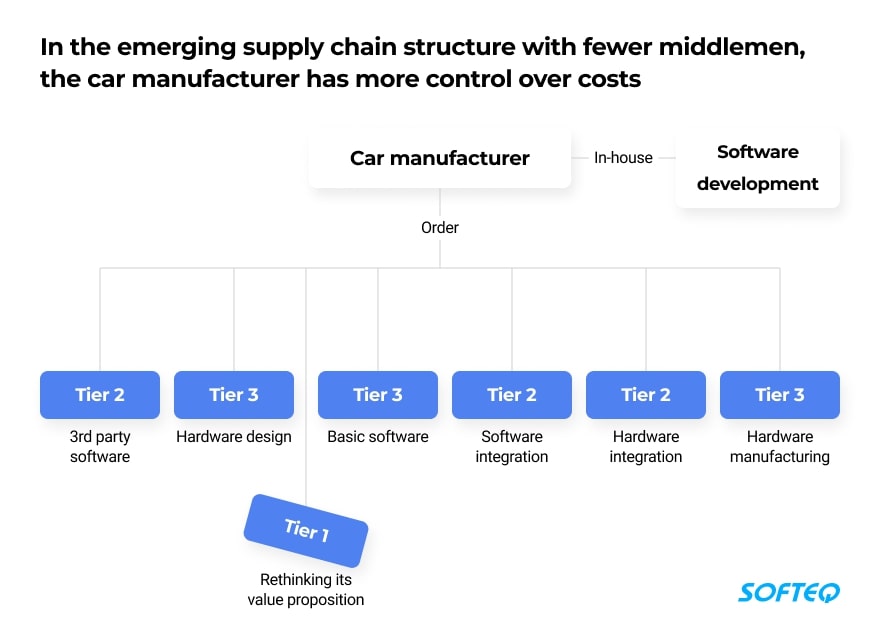
New Opportunities for Tier 2+ and Startups
As the traditional automotive electronics business model for Tier 1 suppliers is giving way, a wide range of new opportunities are opening up. Tier 2 and startups will use them to improve their position in the value chain. Tier 1 suppliers will try to collaborate with more innovative companies to regain competence in software development.
If you are planning to take advantage of this changing business environment and need technical advice, get in touch with Softeq professionals. Our team can help you design an automotive system from scratch, choose the right hardware components, and verify the design of your hardware solution.
More articles on the topic

